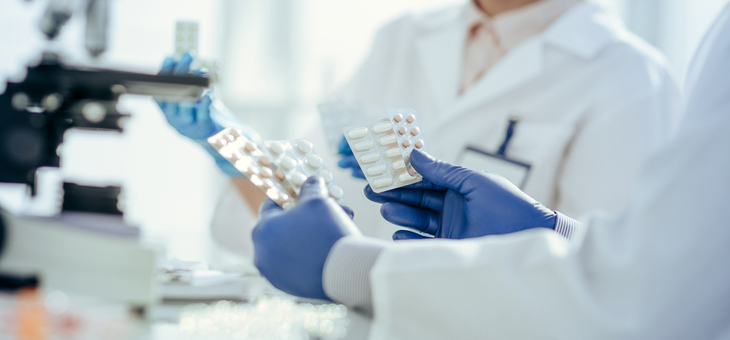A new study identifies a way to enhance self-produced painkillers in mice. It offers hope that human beings might one day be able to activate the body’s inherent pain-killing capacity without resorting to addictive opioids or heavy exercise (which is impossible for some people with chronic pain).
University of Michigan researchers identified “a novel way to enhance self-produced analgesia in mice by activating their mu-opioid receptors using positive allosteric modulators (PAMs)”.
No, we don’t understand that either.
But mu-opioid receptors are “like docking stations that also bind with natural, self-produced analgesics such as endorphins and endogenous enkephalins”, explains psychologytoday.com.
Analgesics reduce pain. Endorphins are neuropeptides released when the body experiences pain or stress; they inhibit the communication of pain signals. Enkephalins are small peptides that act as neurotransmitters in the brain.
The upshot, says study leader John Traynor, is that “if you add the positive allosteric modulator, you need a lot less enkephalin to get the response”.
“While these molecules won’t solve the opioid crisis,” says Dr Traynor, “they could slow it and prevent it from happening again because patients in pain could take this type of a drug instead of a traditional opioid drug.”
Harnessing the body’s own ability to block pain could help avoid the opioid addiction scourge ravaging many Western nations.
“All opioid drugs – from poppy-derived opium to heroin – work on receptors that are naturally present in the brain and elsewhere in the body, medicalxpress reports.
“One such receptor, the mu-opioid receptor, binds to natural painkillers in the body called endogenous endorphins and enkephalins. Drugs acting on the mu-opioid receptor can cause addiction as well as unwanted side-effects like drowsiness, problems with breathing, constipation, and nausea.”
These drugs include widely prescribed painkillers such as fentanyl, oxycodone and morphine that work on receptors in the brain. They reduce patient suffering, but they can cause a painful death via addiction.
Read more: Perils of common drugs
The research paper says that because the mu-PAM does not activate (the mu-opioid receptor) directly, it could be possible to induce the analgesia “without the typical opioid side-effects”. It puts forward the use of mu-PAMs as an “innovative and potentially safer approach to pain management”.
Testing will continue, to ascertain whether the molecules are effective in humans and avoid dangerous responses.
Athletes have turned to cannabidiol (CBD) to treat their injuries, as they seek to avoid dangerous prescription painkillers and opioids.
“The chemical is formatted into oils and creams that can have anti-inflammatory effects if spread onto inflamed or sore parts of the body and mimic the benefits of other prescription drugs by improving mood, sleep, metabolism, and appetite,” reports insider.com.
Cannabis is currently a banned substance in the NFL and NBA, which includes related substances such as CBD. However, the NFL and its players’ association have filed a request for information (RFI) to researchers studying pain management alternatives to opioids, including CBD.
Research shows that the body produces fewer endorphins when given opioid painkillers such as codeine or morphine.
“Therefore, any patient concerned with reducing his or her dependence on opioids should have an interest in boosting endorphins as a meaningful, non-addictive addition to their pain management program,” reports rsmedical.com.
Read more: Painkillers used for emotional support
Three natural pain relievers
Exercise
“Any activity that gets your blood pumping for a sustained period will release endorphins into your system,” reports spine-health.com. Studies reveal that exercise, good for managing stress and maintaining a healthy weight also boosts endorphin levels. Get moving 30 minutes a day, five times a week with moderate intensity exercise to achieve benefits.
Giving
Studies confirm the ‘helper’s high’?
“Volunteering or performing acts of kindness can reduce stress, lower blood pressure and heighten feelings of wellbeing.” Donating stimulates the pleasure-related centres in the brain, creating a “warm glow”.
Laughing
Laughing along with others has been shown to have the highest positive impact on pain tolerance. It increases blood circulation, oxygen intake, and the body’s level of endorphins.
The conclusion is that, because laughter is a physical response, the combination of exhalations of breath and muscle use can trigger an endorphin release.
Laughter yoga helps people enjoy the many physical benefits of laughter without needing a reason to laugh.
Read more: How different painkillers work
What natural pain reliever works best for you?
If you enjoy our content, don’t keep it to yourself. Share our free eNews with your friends and encourage them to sign up.

